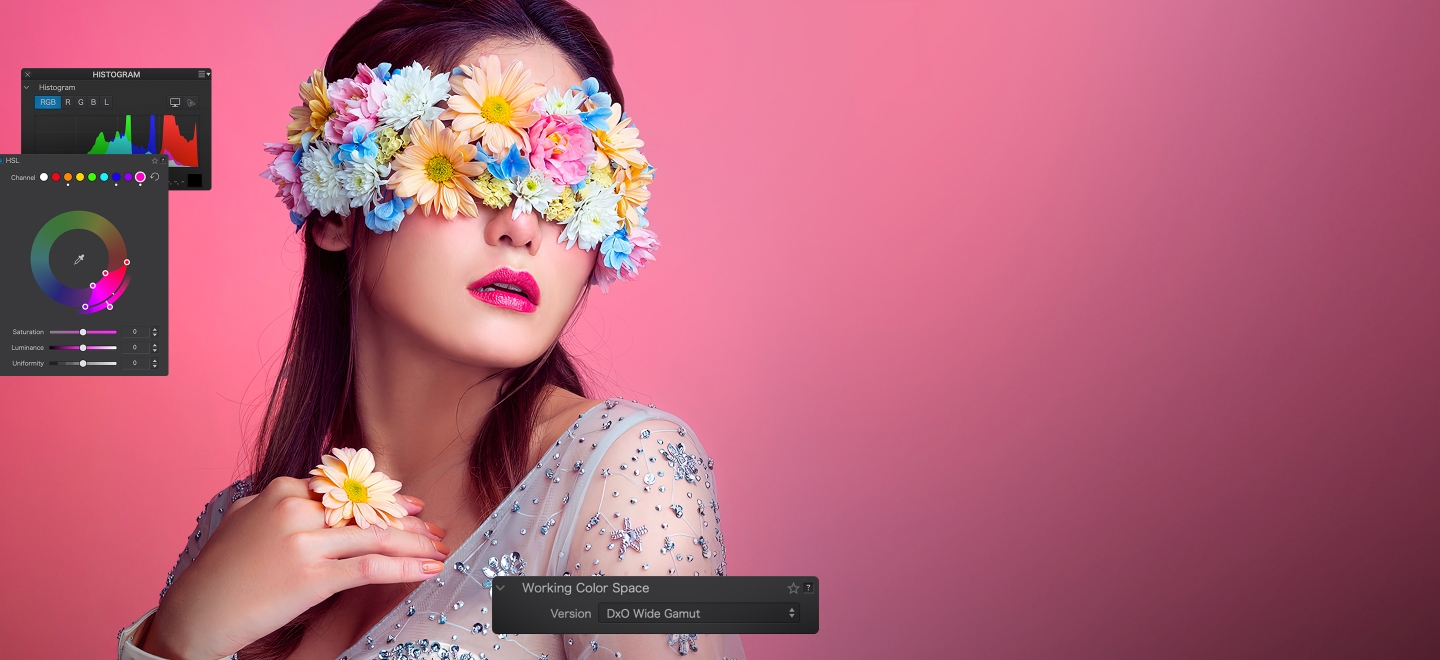I've always bought aRGB monitors because I have a wide format printer and figured I want my screen to match as close as possible to my prints. But I've never actually compared them side by side to see the difference.
Have you and what did you notice?
TL;DR - Unless you
know that you need a wide-gamut display, you probably don't.
Right now, I use two wide-gamut NEC PA-series displays. In the past, I have owned sRGB EA-series displays as well. As long as they're calibrated correctly and the WB is matched, I haven't seen any difference in color representation. What the wide-gamut display gets you is the ability to see tonal differences in areas where a highly saturated color lies outside the sRGB color space. For example, in a photo of hyper-saturated lobster buoys, I could make out subtle gradations on the wide-gamut display where the sRGB display showed only an area of undifferentiated color.
To be honest, the benefit of wide-gamut has been almost entirely inconsequential in my work, as I rarely encounter such situations. If you retouch photos of neon signs, wide-gamut may offer a practical advantage. If you're mostly dealing with, say, landscapes or portraits, not so much.
Of greater consequence, IMHO, is the ability of a display + calibration system to achieve a WB that's truly neutral. I've seen a lot of displays that, when calibrated with Xrite's i1 Profile, yield a "neutral" gray that looks bronze/magenta to me. My NEC displays calibrated with Spectraview are better in this regard than all but the very best. Others that have met my standards include high-end Eizo and, in one case, a 27" BenQ (I forget the model). FWIW, I've always scored 100% on the various color perception tests I've taken, and I can spot a miscalibrated or underperforming display from across a room.
As for print matching, my experience has been that the light under which prints are evaluated is, by far, the biggest challenge. I used to print on an Epson 4000. I'd make test prints at night, using a daylight-balanced fluourescent marketed for photo work to judge and tweak color. Then, in the morning, I'd take the prints under a skylight and swear profusely because they all looked about 3 points too magenta and had to be redone. Whether I was using an sRGB or wide-gamut display was of no consequence.
My Dell UP2715K monitor is starting to delaminate, but fortunately only at the very top of the screen, so it may stay localized. Any other recommendations for a 27" 4k, aRGB monitor? My first choice would likely be the Benq as I compared it with the current Dell at the time and the BenQ was better and cheaper. Any primer on monitor color spaces I'm not familiar with, like P3?
For a 27" display, I would recommend 2560x1440 or 5K rather than 4K. With 4K, text and UI elements in photo apps will be tiny, and if you run the display at a lower resolution to make them bigger, then "100%" view of images will be the wrong size (too small). With 5K (at least on Macs), macOS will automatically rescale text and UI while displaying images properly. It can do this because 5K is exactly double the resolution of 2560x1440. 4K requires non-integer scaling, which cause the issue I noted above.

